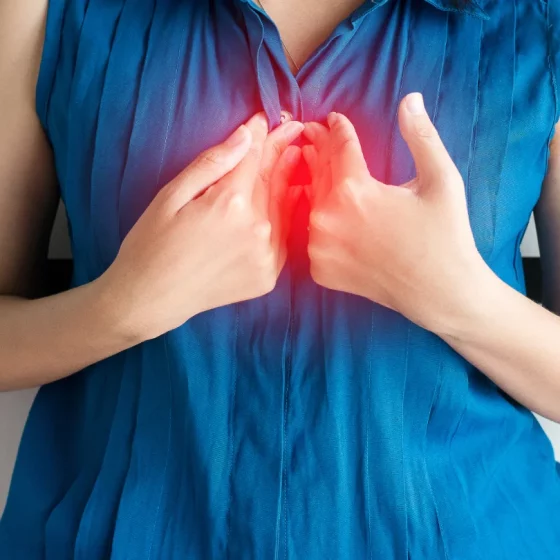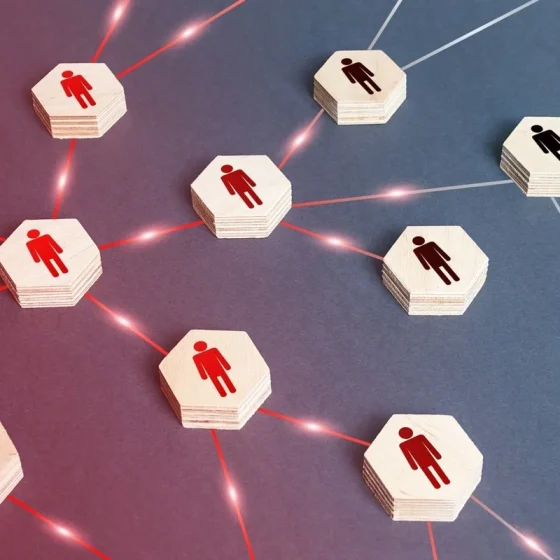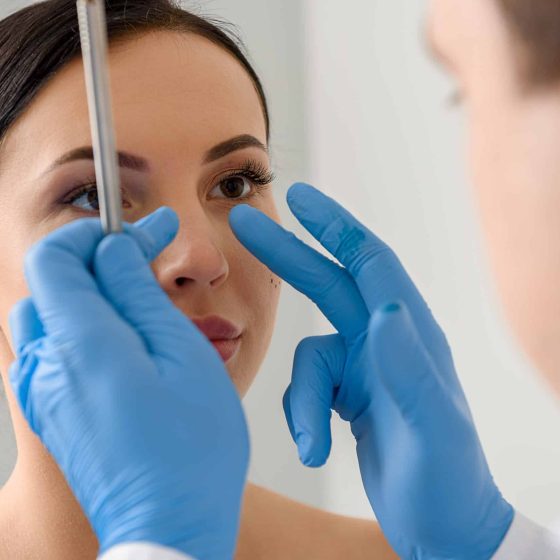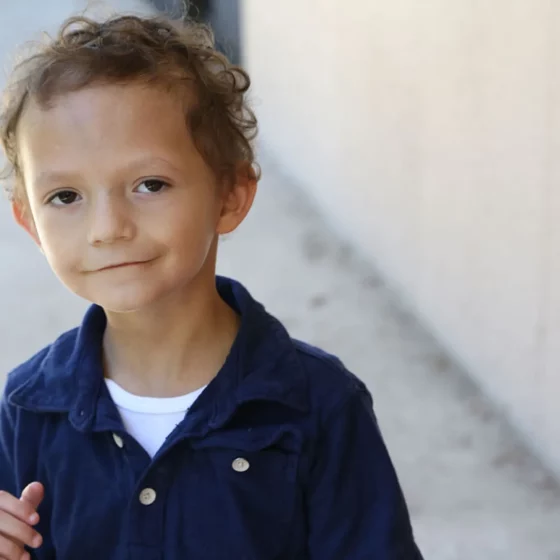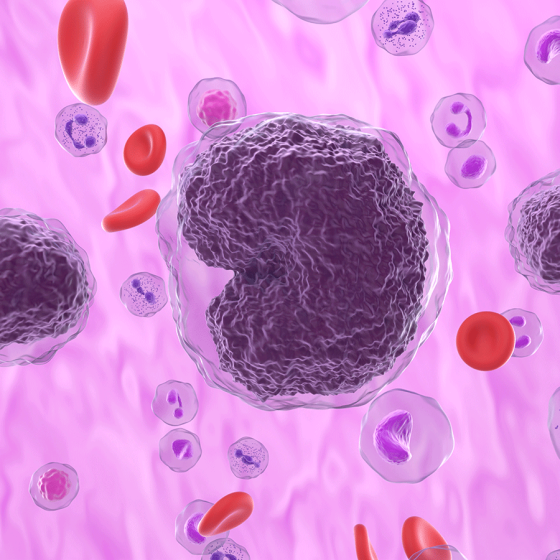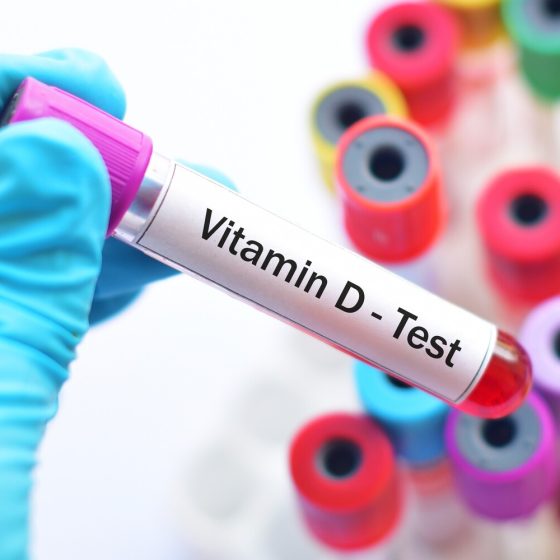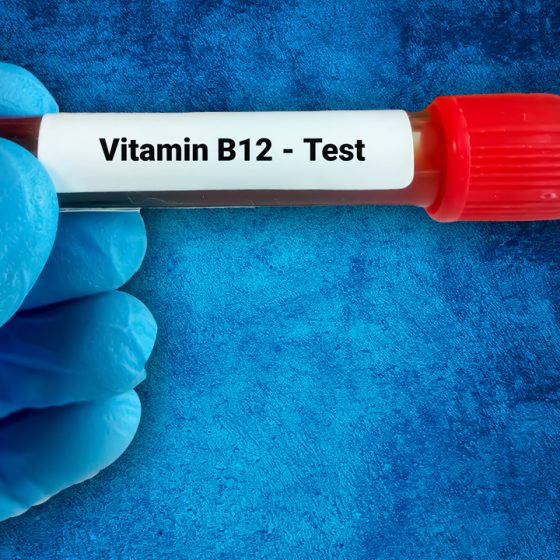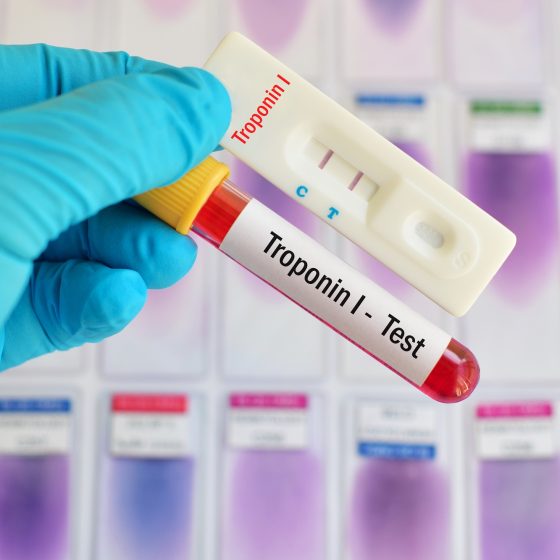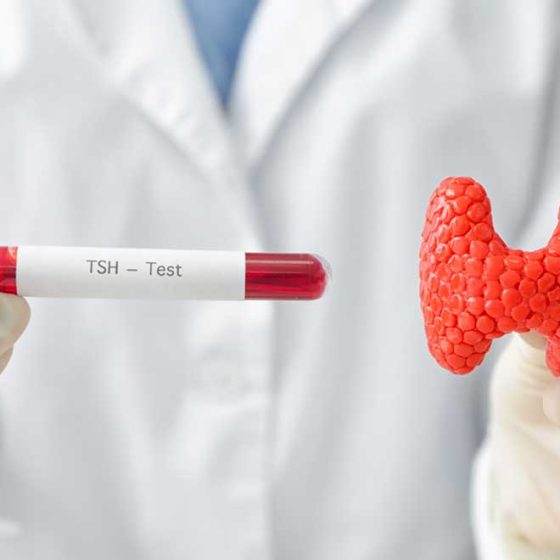Open cholecystectomy
What are gallstones? Gallstones are ‘stones’ that form in your gallbladder. They are common and can run in families. The risk of developing gallstones increases as you get older and if you eat a diet rich in fat. For some people gallstones can cause severe symptoms, with repeated attacks of abdominal pain being the most common. The position of the gallbladder. What are the benefits of surgery? You should be free of pain and able to eat a normal diet. Surgery should also prevent the serious complications that gallstones can cause. Are there any alternatives to surgery? The gallstones can be left alone

